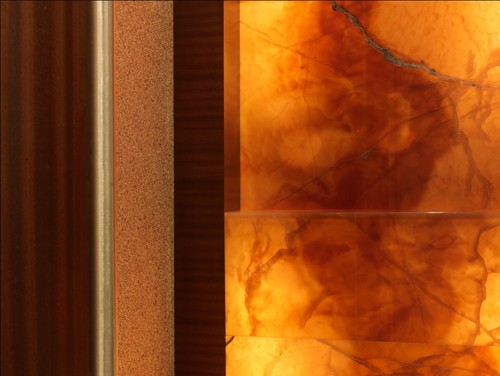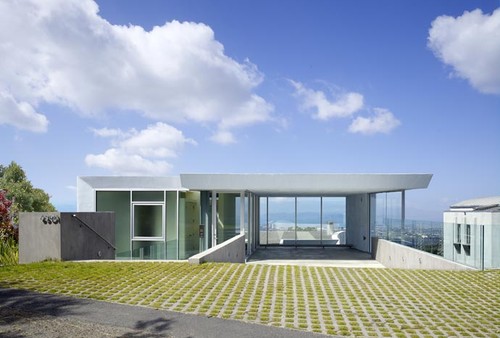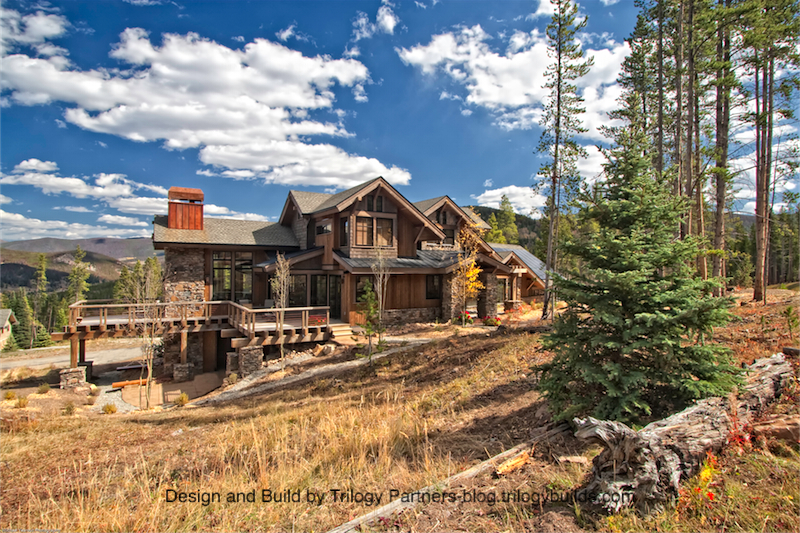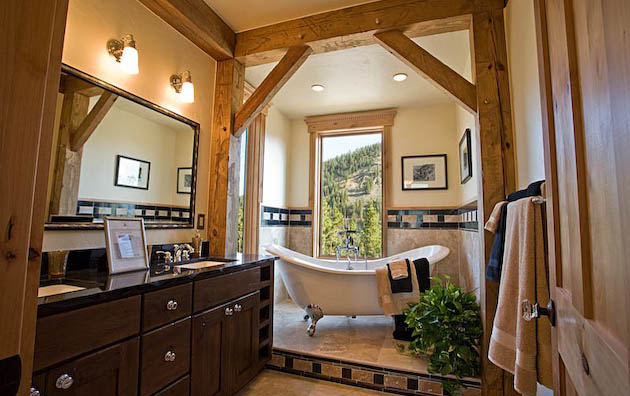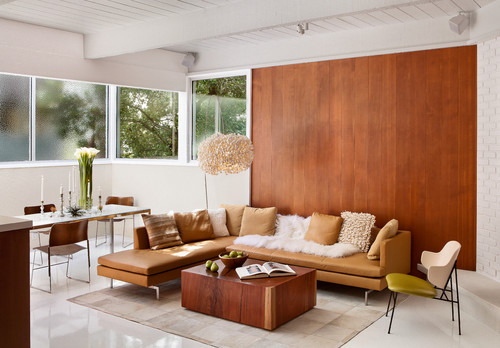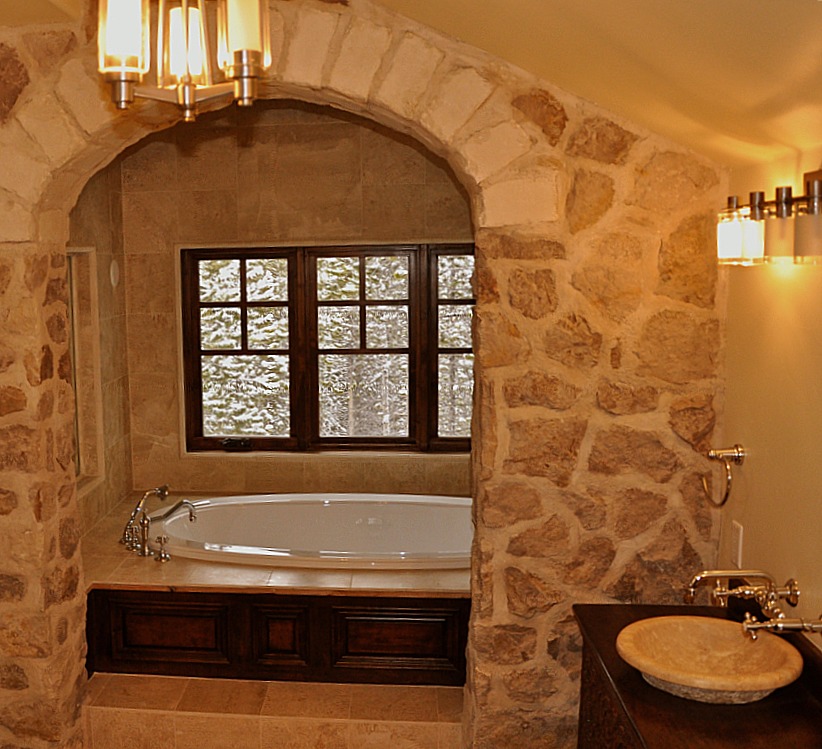More and more people today, including homeowners and corporations, are starting to utilize green technologies when building. Green building is better for the environment, and it betters society as a whole. Now, schools are taking the same approach, educating students about green technologies.
Education for Sustainability implores students to make smart decisions about preserving a healthy ecosystem. In fact, there’s an actual plan that outlines a strategy for 50 states to utilize green education in their school agenda.
And, online communications and forming working groups are collaborating together to create a funding campaign. This campaign shares best case models and also materials. By the end of 2025, there is a goal for at least 35 states to have a comprehensive green policy. This ensures students are learning about ways to improve and better the environment for future generations to come.
It’s this type of education that is going to make the world a better place. K-12 students will have resources at their disposal to make better decisions that will have a positive impact on the environment.
For more information on green design and green building, contact us today.









